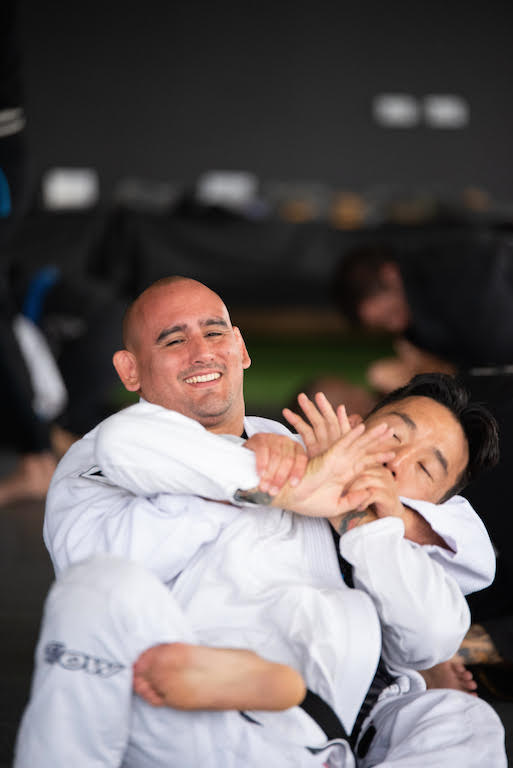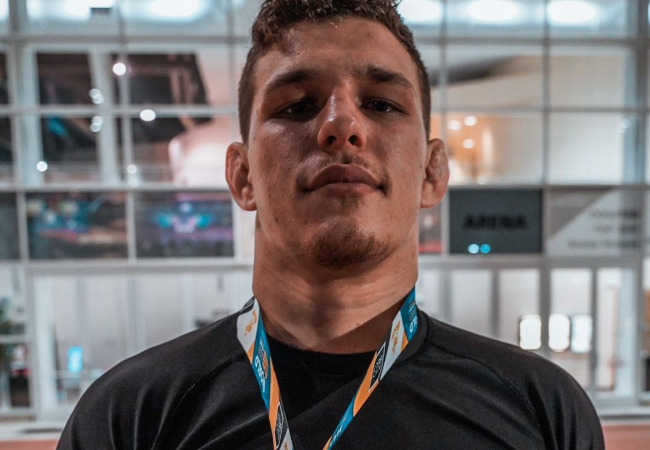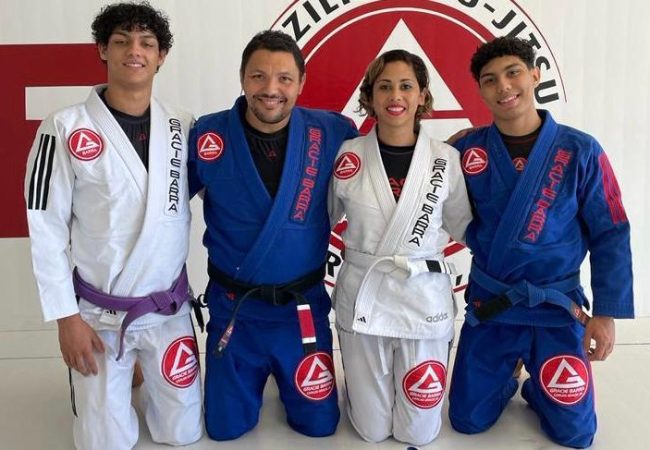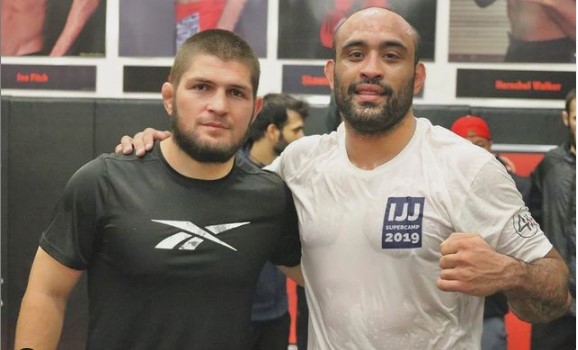
Juan Pablo Garcia lists the main goals of the guard. Photo: Reproduction
Author: Professor Juan Pablo Garcia
Before learning any type of sports guard in Jiu-Jitsu, you have to understand the main goal of the position.
Number one is self-defense, being able to control and neutralize an opponent’s attack while setting up submissions, sweeps, and reversals. The guard is a position where we use our legs and hips to control the distance between ourselves and our opponent.
There are several variations of the guard in BJJ, including the closed guard, open guard, and half guard. Each of these guards has its own set of techniques and strategies, but they all share the same goals of controlling an opponent’s movements and setting up attacks.
These are the 3 main objectives of any guard:
1. Taking the back
The guard is an excellent position to set up back attacks. You can use the guard to control the opponent’s posture and position, then transition to the back control position and work on securing a choke or other submission.
2. Sweeping & reversing
Sweeping is essential from the guard, and it involves off-balancing an opponent to take them to the ground. From the bottom position, you can use the guard to control an opponent’s posture and set up a sweep, which allows you to take the top position and gain a dominant position. You want to be on the top in a fight!
3. Submitting
The guard is also an effective position for submitting an opponent. You can use your legs to set up a variety of submissions, like chokes, and armlocks. The guard position allows a smaller and lighter person to defend themselves against a larger opponent and provides access to a variety of submissions, sweeps, and back attacks. It is important to understand the purpose of the guard and to practice guard retention and distance management to prevent an opponent from passing.
* Professor Juan Pablo Garcia is our GMI in charge of the EDJ Riverside Brazilian Jiu-Jitsu school in California.




